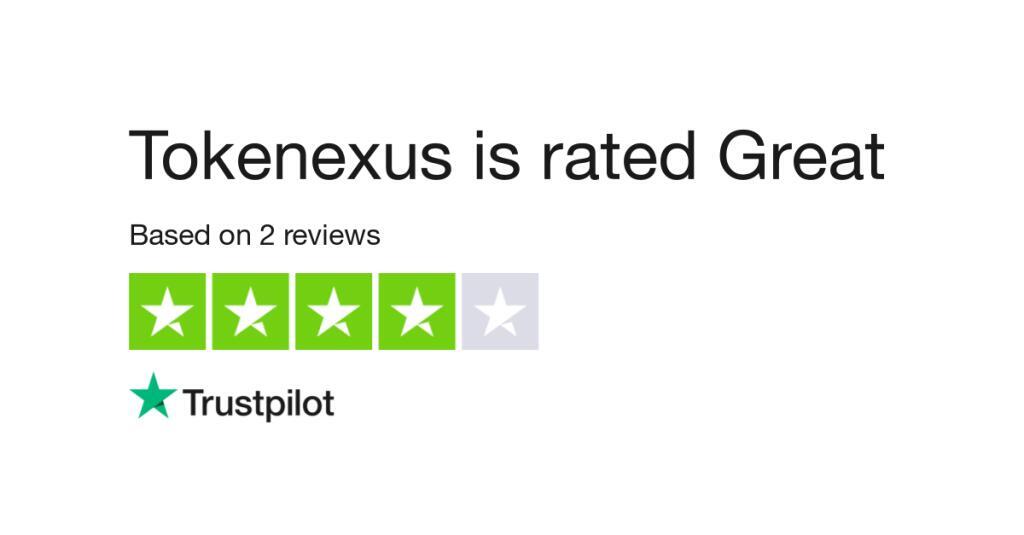
Junk bonds will require a higher yield to maturity to compensate for their higher credit risk. Because of this, junk bonds trade at a lower price than investment-grade bonds. Harvey acquired the bond for a market price of $58,732.61 and sold the bond approximately 12.5 years later for $112,274.03 because of the very low market rates in the bond market. Notice that this bond makes interest payments six months apart, on March 1 and September 1 of each year. Since the bond is being bought on July 17 and sold on December 12, neither date represents an interest payment date.
A bond is simply a loan, after all, and the principal balance, or par value, is the loan amount. So, if a bond is quoted at $98.90 and you multi-step income statement vs single step were to buy a $100,000 two-year Treasury bond, you would pay ~$98,900. Apply Formula 14.2 to determine the periodic bond interest payment.
Understanding Bond Valuation
The image below pulls the prevailing bond prices for United States Treasury bills and bonds with varying maturities. Note that Treasury bills, which mature in a year or less, are quoted differently from bonds, hence the wide difference in price. A convertible bond is a debt instrument that has an embedded option that allows investors to convert the bonds into shares of the company’s common stock. At its most basic, the convertible is priced as the sum of the straight bond and the value of the embedded option to convert.
This is because receiving a fixed interest rate, of say 5% is not very attractive if prevailing interest rates are 6%, and become even less desirable if rates can earn 7%. In order for that bond paying 5% to become equivalent to a new bond paying 7%, it must trade at a discounted price. Likewise, if interest rates drop to 4% or 3%, that 5% coupon becomes quite attractive and so that bond will trade at a premium to newly-issued bonds that offer a lower coupon. Finally, time to the next coupon payment affects the “actual” price of a bond. This is a more complex bond pricing theory, known as ‘dirty’ pricing.
Bond Pricing Calculator Based on Current Market Price and Yield
This calculator is built to make the process easier for you. A coupon-bearing bond pays coupons each period, and a coupon plus principal at maturity. The price of a bond comprises all these payments discounted at the yield to maturity. A debenture is the same as a marketable bond, except that the debt is not secured by any specific corporate asset. Mathematically, the calculations are identical for these two financial tools, which this textbook refers to as bonds for simplicity. This difference is most often expressed in basis points (bps) or percentage points.
T2026-S$ Temasek Bond – Temasek
T2026-S$ Temasek Bond.
Posted: Tue, 11 Jul 2023 08:13:22 GMT [source]
Also called the redemption value or maturity value, the bond redemption price is the amount the bond issuer will pay to the bondholder upon maturity of the bond. In some instances a bond issuer may in fact redeem the bond at a premium, which is a price greater than the face value. The redemption price is then stated as a percentage of the face value, such as 103%. For introductory purposes, this text sticks to the most common situation, where the redemption price equals the face value.
Variables That Affect a Bond’s Price
Use only the market price to determine the premium or discount. The figure after Formula 14.3 illustrates the relationship between the market rate, coupon rate, and the selling price of the bond. Notice that when the coupon rate is higher than the market rate, the selling price rises above its face value. Alternatively, when the coupon rate is lower than the market rate, the selling price falls below its face value. Apply Formula 14.4 to calculate the amount of the premium or discount on a bond.

While different bonds make their coupon payments at different frequencies, the payments are typically dispersed semi-annually. The Bond Profit Calculator is a tool used to estimate the profit or gain from investing in bonds. It helps investors assess potential returns and make informed investment decisions.
What is a bond’s current yield?
A bond’s cash flows consist of coupon payments and return of principal. The principal is returned at the end of a bond’s term, known as its maturity date. Bond valuation looks at discounted cash flows at their net present value if held to maturity. Duration instead measures a bond’s price sensitivity to a 1% change in interest rates. Longer-term bonds will also have a larger number of future cash flows to discount, and so a change to the discount rate will have a greater impact on the NPV of longer-maturity bonds as well. A bond is a type of loan contract between an issuer (the seller of the bond) and a holder (the purchaser of a bond).
The current market interest rate for a similar bond is 8%. The slope of the yield curve gives an idea of future interest rate changes and economic activity. They may also look at the difference in interest rates between different categories of bonds, holding some characteristics constant. Bond investment depends on an investor’s circumstances, goals, and risk tolerance. Low-yield bonds may be better for investors who want a virtually risk-free asset, or one who is hedging a mixed portfolio by keeping a portion of it in a low-risk asset.
Things the Calculator Won’t Do
We have written this article to help you understand what a bond yield is, how to calculate bond yield, and what causes bond yields to rise. We will also demonstrate some examples to help you understand the concept. Treasury bonds are issued by the US Treasury Department and are the safest types of bonds but also offer the lowest return. They are the most important because they are used to set the rates for other bonds and fund the federal government. In reality, there are several different yield calculations for different kinds of bonds.
If current market rates are higher than an outstanding bond’s interest rate, the bond will sell at a discount. It then amortizes the premium over the remaining period of the bond, which results in a reduction in the recognized amount of interest expense. It then amortizes the discount over the remaining period of the bond, which results in an increase in the recognized amount of interest expense. Let’s suppose that a bond has a face value of $1,000, an annual coupon payment of $30, 10 years to maturity, and a 5 percent yield to maturity.
- As bond yield is very volatile and sensitive to the economic climate, it is of the essence that we understand its dynamics and calculation.
- Adam received his master’s in economics from The New School for Social Research and his Ph.D. from the University of Wisconsin-Madison in sociology.
- This section explains the concept of a marketable bond along with its important characteristics and terminology.
- The risk of investing in bonds will depend on who is issuing the bonds.
- Put simply, a bond yield is the return on the capital invested by an investor.
A yield to maturity calculation assumes that all the coupon payments are reinvested at the yield to maturity rate. This is highly unlikely because future rates can’t be predicted. This bond price calculator estimates the bond’s expected selling price by considering its face/par value, coupon rate and its compounding frequency and years until maturity.
The Dirty Price and Clean Price Formulas
The face value of a bond can also be called the principal. It is the amount of money the bond investor will receive at the maturity date if the bond issuer does not default. It is the last payment a bond investor will receive if the bond is held to maturity.
In calculations of bond premiums and discounts on non-interest-payment dates, the most common mistake is to use the cash price instead of the market price. Remember that the cash price includes both the accrued interest and the market price. The accrued interest does not factor into the value of the bond, since it represents a proportioning of the next interest payment between the seller and the buyer. Therefore, the amount of the bond premium or discount should not include the accrued interest.
The coupon rate and current yield are basic yield concepts and calculations. A bond rating is a grade given to a bond and indicates its credit quality and often the level of risk to the investor in purchasing the bond. Bond yields are quoted as a bond equivalent https://online-accounting.net/ yield, which adjusts for the bond coupon paid in two semi-annual payments. In the previous example, the bonds’ cash flows were annual, so the YTM is equal to the BEY. On this page is a bond yield calculator to calculate the current yield of a bond.
